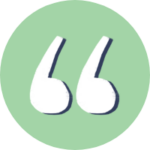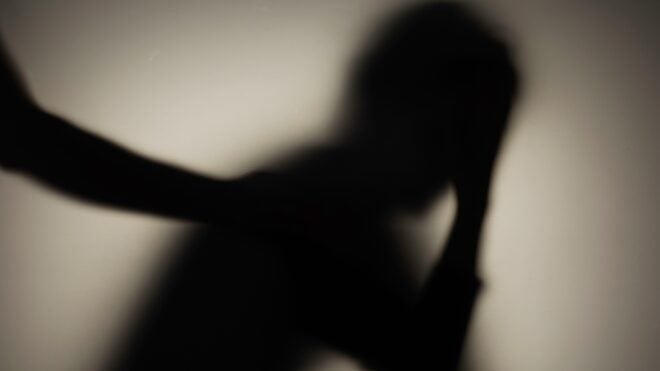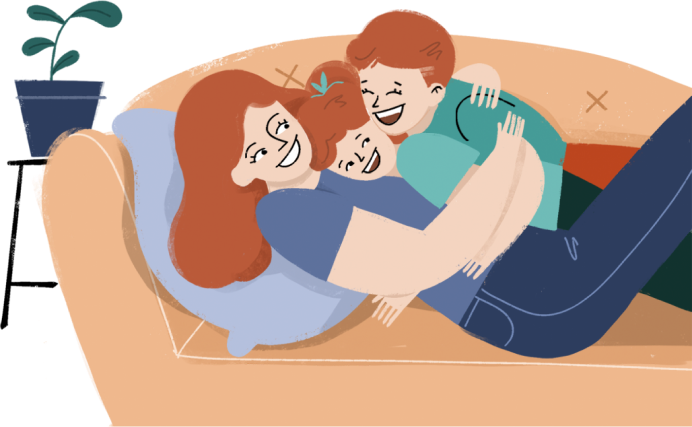Since the dawn of humanity, people have been searching for greater meaning.
Whether it's embracing religion, cultivating a deeper sense of spirituality, or turning to nature — like using trees to create special Native American messages — people often look to larger forces when searching for life's big answers.
So when I learned about the amazing secret history behind one of the world's most famous divination techniques — tarot cards — I just had to share it!
Though tarot cards have been around for generations, they've been gaining in popularity in the past few decades — with many people learning how to give readings or jumping at the chance to receive a reading.
Coupled with the rise of astrology sites and practitioners, there has been a real increase in interest in more mystical and spiritual art forms. What began as a simple card game has now blossomed into a lucrative worldwide phenomenon.
While I personally don't put much stock into tarot reading, I definitely find this stuff absolutely fascinating!
Scroll through below for a glimpse at the surprising secrets behind tarot cards. Do you believe there is truth to tarot card readings? Let us know in the comments!
[H/T: Mental Floss, BiddyTarot, True Ghost Tales]
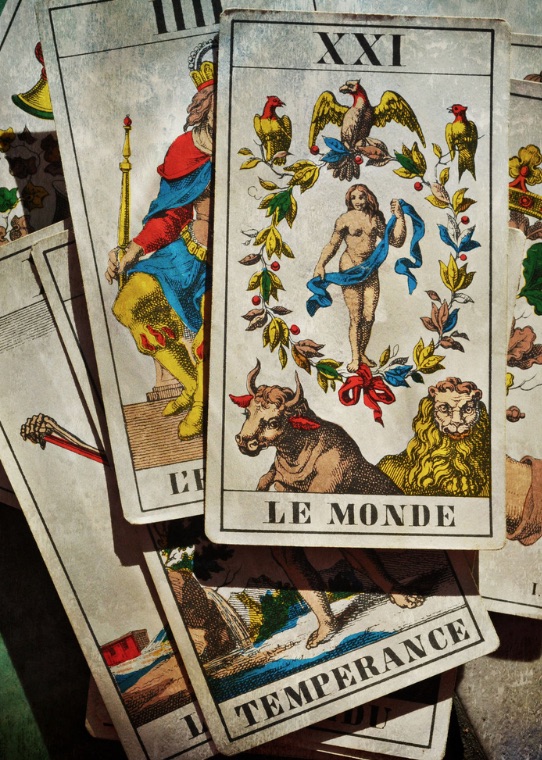
A popular misconception is that tarot actually began as a form of mystical divination — however, research shows this idea is patently untrue.
Instead, tarot cards were created in the 1400s as a common card game, like poker or bridge.
Developed in Northern Italy, tarot cards were actually called "triumph" cards, with suits of cups, swords, coins, polo sticks, and proper courts. The game was most popular with Italy's wealthier families, who would commission artists to hand-paint these beautiful designs onto their own private decks.
It's also thought that these Italian cards may have been originally brought over from Turkey.
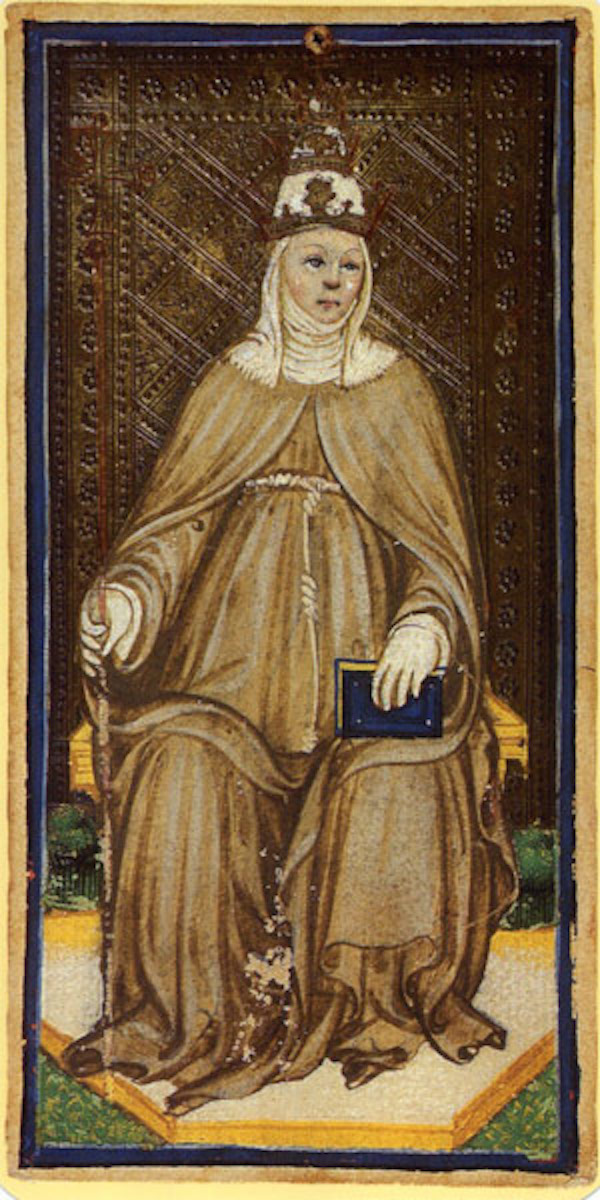
In 1791, Jean-Baptiste Alliette popularized the idea of using these "triumph cards" for divination with his book Etteilla, or the Art of Reading Cards. He was the first to invent a 32-card deck, introducing the idea of a "signifier" card, which symbolized the person who was having their fortune read.
Jean-Baptiste was also the first known "professional reader" and designed his cards specifically for occult purposes, incorporating traditional Egyptian symbols, astrology, and the idea of the "four humors."
He later founded a society for other like-minded tarot card readers in Europe.
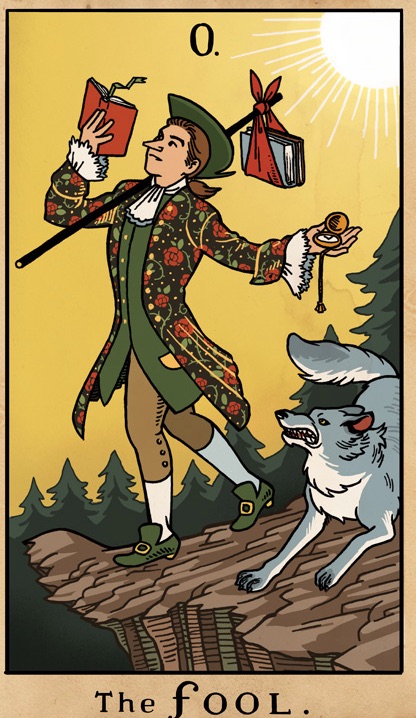
Though Jean-Baptiste was the first to assign a specific order and spread to the cards, the late 17th century saw card-makers building off his original ideas, with myriad different decks being played.
The Tarot de Marseille was one such example, printed on actual wooden blocks (versus cards) and then painted by hand.
This era also gave way to "oracle deck," which differed slightly from traditional tarot, with alternate symbols and readings. While tarot's structure is quite formulaic, oracle decks allowed readers to give their own spontaneous interpretation of the given cards.
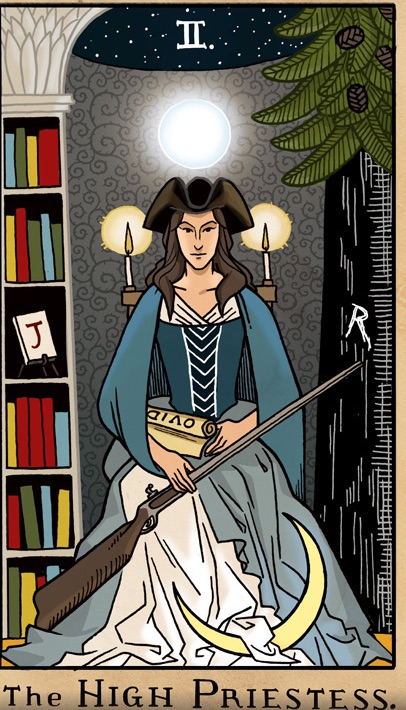
The most famous tarot card deck, however, is the Ride-Waite — developed in 1910 by William Rider, A.E. Waite, and illustrated by Pamela Coleman Smith.
Though the design is quite simple, this tarot is read like a storybook, with each card symbolizing a strong element of one's own life.
However, because each card depicts its own scene, depending on how it's read, the recipient can draw whatever conclusion suits them.
This deck is probably the most widely used today and is a great "starter set" for those just learning how to read cards.
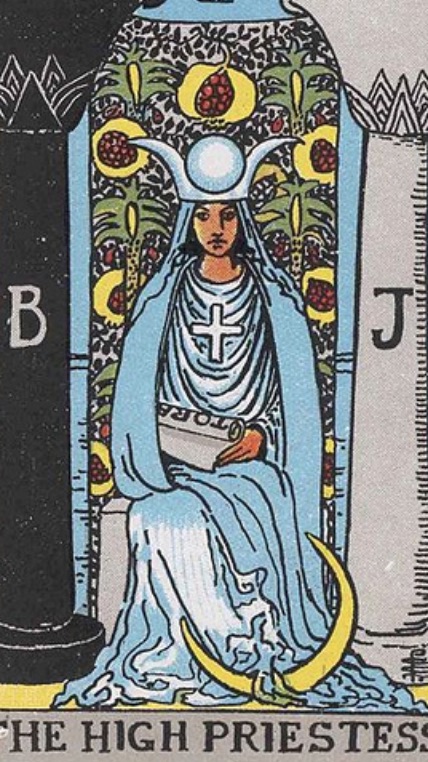
So what exactly are on these cards? Well, a 78-card tarot deck is divided into two subgroups: Major and Minor Arcana.
Some of the Major Arcana cards include the following:
The Fool: symbolizing the young and inexperienced; The Magician: relating to a person's talents; The High Priestess: standing in for wisdom, vision, and serenity; and The Chariot: symbolizing victory over tribulations.
With 22 in total, these cards represent major forces in one's life. Drawing these cards lets the reader know what's most pressing and urgent for the recipient. For example, there could be an important wedding in the future or an abrupt career shift afoot.
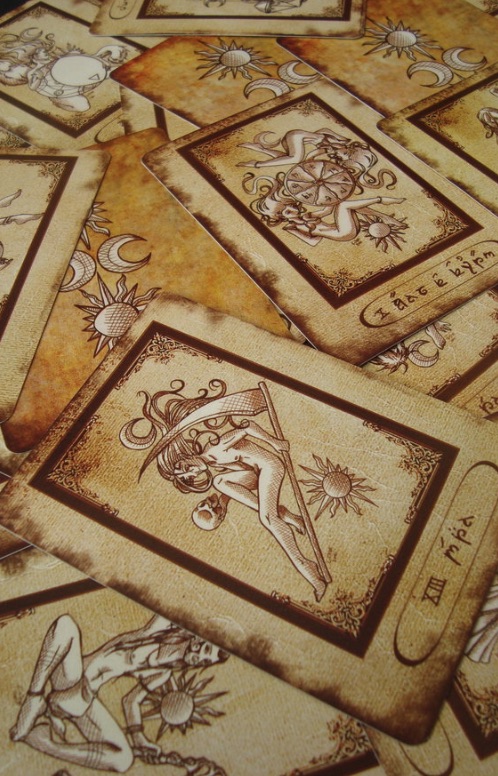
The rest of the deck contains the Minor Arcana cards — 56 in total.
Though the Minor Arcana do not carry the same weight, they're still important. The Minor symbolize the "ups and downs" of one's life. So instead of an overwhelming issue, this card could let you know that something is slightly bugging you — even if it's not taking up all your energy.
The Minor includes four suits (with 14 cards each): the Suit of Cups, the Suit of Pentacles, the Suit of Swards, and the Suit of Coins.
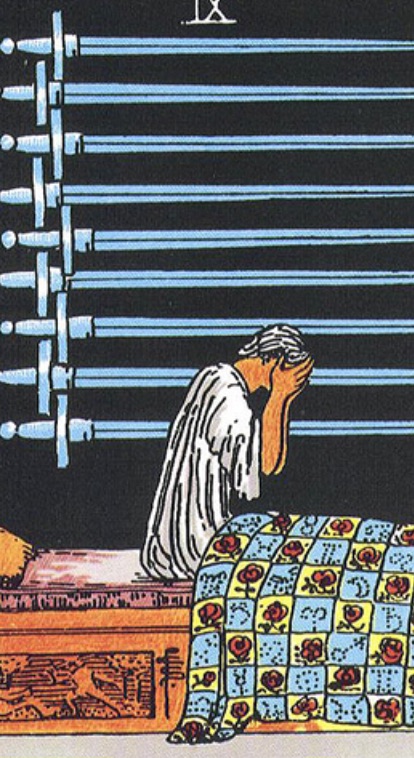
Each suit symbolizes a different Earth element and is representative of the various facets of daily life.
The Suit of Cups corresponds to the element of Water and represents relationships, emotions, and creativity.
The Suit of Pentacles relates to Earth and is representative of money, career, and physical wealth.
The Suit of Wands is a Fire element and correlates to spirituality, inspiration, and energy.
The Suit of Swords symbolizes the element of Air and represents rationality, intellect, and power.
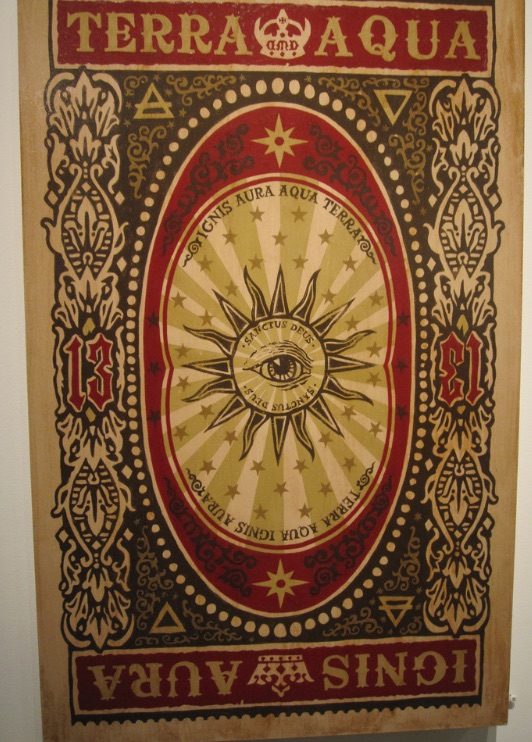
So how does one make sense of all these cards? Well, there are a ton of different ways to actually read your deck.
First, however, the recipient is supposed to pose a question or problem on which they'd like the tarot to give feedback.
Next, you can choose what kind of reading you'd like. The simplest is by selecting a single card and interpreting its symbology.
This can even be done without a tarot expert's reading — just pick a card from the deck and apply its spiritual symbol to the problem at hand.
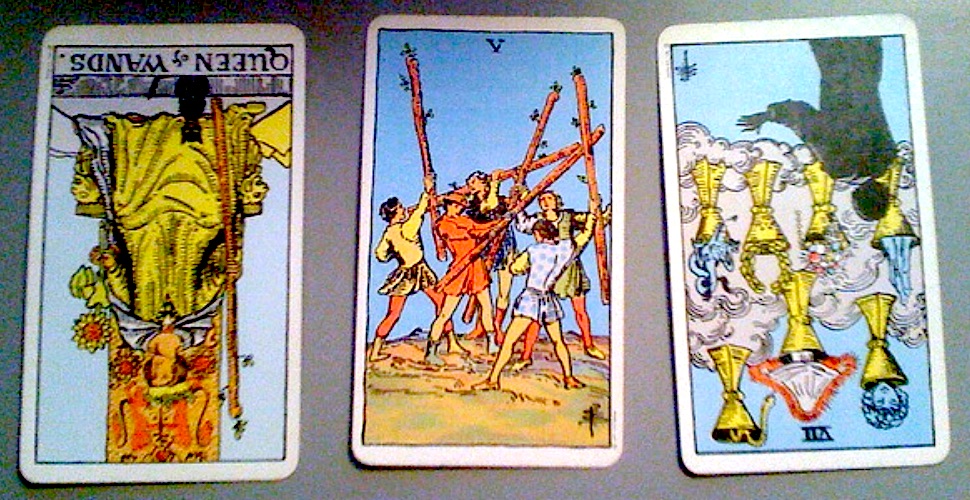
If you're looking for a more complicated reading, it's probably best to seek out a professional tarot card expert.
Want advice? Your reader might give you a "cross" spread, with each card telling you exactly what to do, what not to do, and where it'll all lead.
Another reading option is "the blind spot" — relating specifically to self-awareness. The lay of these cards will tell you how you view yourself, how others view you, and hidden secrets about yourself.
Other layouts include ones pertaining to questions of love, relationships, and large-scale plans.
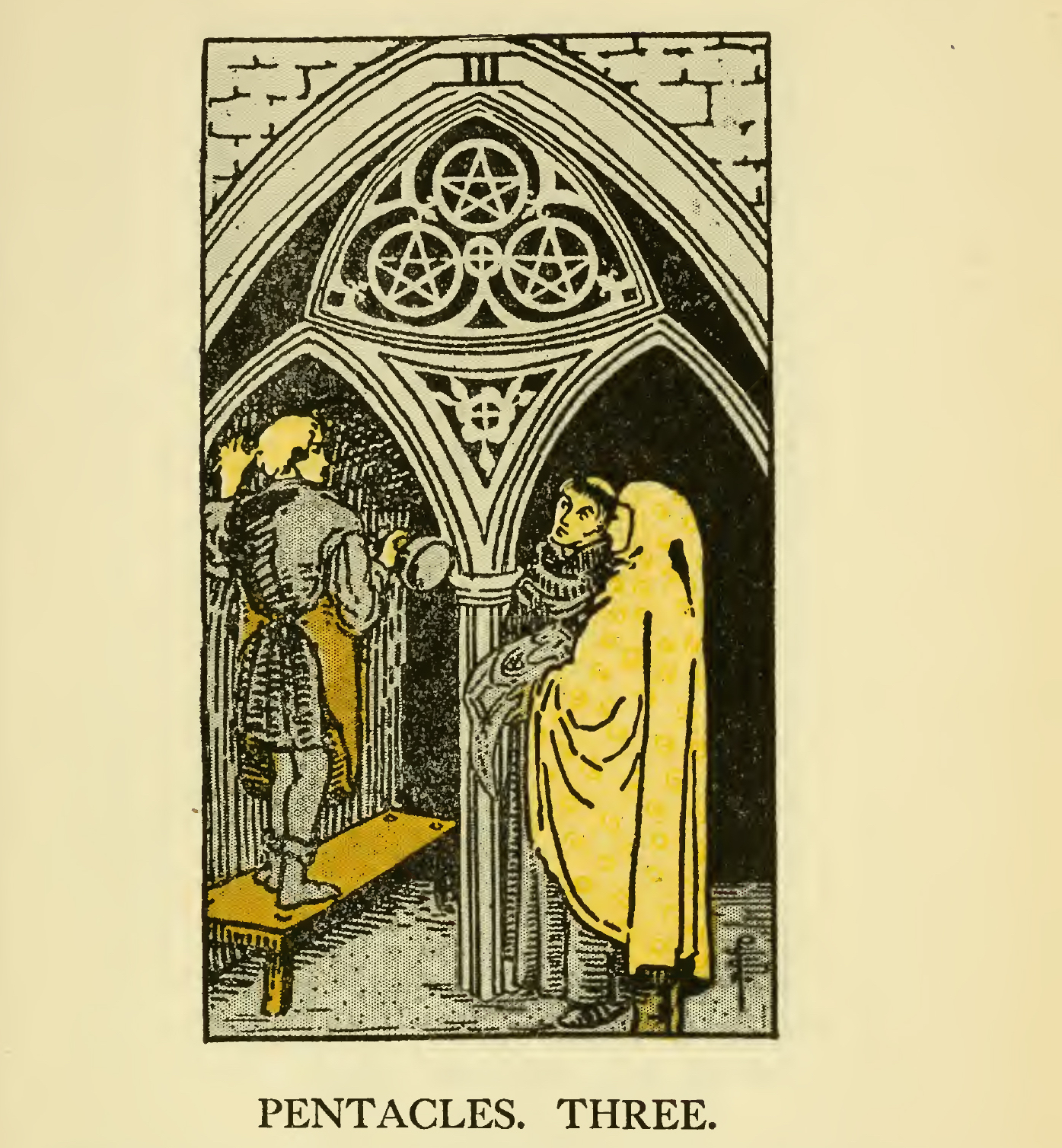
Tarot cards are a fun and insightful way to view life's big questions. While some people take readings seriously and, in fact, have made a career out of them, others simply enjoy tarot as a relaxing hobby.
As a fast-growing industry, however, it's clear that the mystical arts are only gaining in popularity — with astrology celebrities like Susan Miller bringing in millions per year with her world-famous astrology forecasts.
In the end, the impact of tarot and divination is whatever a person believes it to be — its meaning and resonance are truly in the eye of the beholder.
Tarot cards certainly have a long and fascinating history, making them extremely popular even today.
Have you ever had a tarot card reading? What did your reading say? Let us know in the comments.
Please SHARE this fascinating look at tarot with friends and family!
Thumb image source: Bill Wolf via Collectors Weekly
